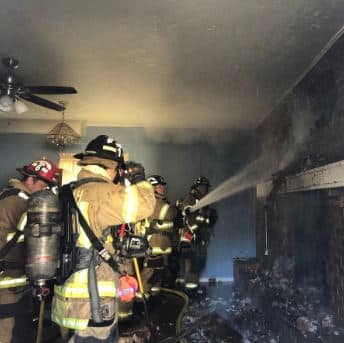The Return of the Chimney Swift
Did you have a problem with birds in your chimney last year? Make sure to have a proper chimney cap installed before the Spring this year to avoid that problem again. You may have read in one of my previous blogs about the chimney swift, a migratory bird that is very prevalent in our area. As much as we would like to protect our Chimney Swifts, it is not healthy to have them in your chimney. Dangers of Birds in Your Chimney The number one danger that comes to mind is Histoplasmosis. Histoplasmosis is a type of lung infection. It is caused by inhaling Histoplasma capsulatum fungal spores. These spores are found in soil and in the droppings of bats and birds. This fungus mainly grows in the central, southeastern, and mid-Atlantic states. Bird Mites – A tiny mite that is only half-millimeter long in size is often carried by Chimney Swifts. Once … Continued




